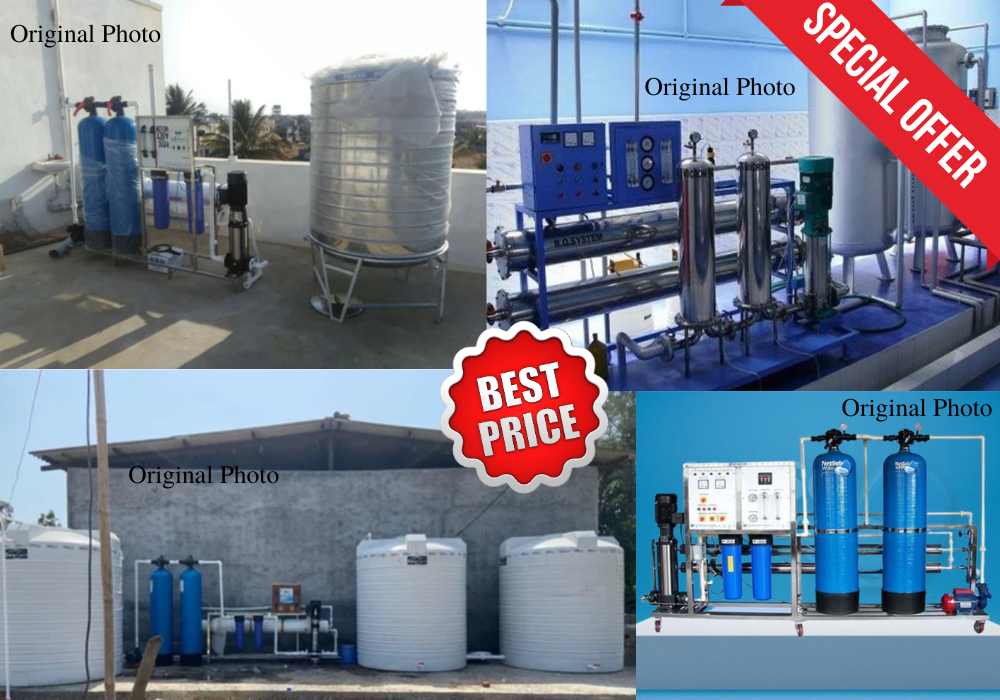Water Treatment Plants in Bangladesh: Ensuring Clean Water for a Healthier Nation
Bangladesh, the land of a thousand rivers, might seem blessed with abundant water resources. However, the reality is a bit murkier. Water quality Bangladesh is a pressing concern, with challenges like arsenic contamination, river pollution, and inadequate sanitation threatening public health and environmental sustainability. This is where water treatment plants in Bangladesh step in as silent guardians, working tirelessly to ensure clean, safe water reaches homes and industries.

Types of Water Treatment Plants
Water treatment plants in Bangladesh come in various forms, each tackling specific water quality issues. Here’s a glimpse into their diverse functionalities:
- Conventional Water Treatment Plants: These workhorses of the industry employ a multi-stage process. Water undergoes sedimentation, filtration (often using sand filters), and disinfection (typically with chlorine) to remove impurities, suspended solids, and harmful bacteria.
- Iron Removal Plants: Iron is a common culprit in Bangladesh’s groundwater, causing unpleasant taste and staining. Iron removal plants utilize aeration, filtration, and oxidation processes to eliminate this unwanted guest.
- Reverse Osmosis (RO) Plants: RO technology utilizes a semi-permeable membrane to remove a wide range of contaminants, including dissolved salts, heavy metals, and even bacteria. This advanced method is often used for industrial applications or for producing high-purity drinking water.
- Sewage Treatment Plants (STPs): Sewage treatment is crucial for preventing water pollution. STPs employ biological and physical processes to break down organic matter and remove harmful pathogens from wastewater before its release into the environment.
How Water Treatment Plants Work
The inner workings of a water treatment plant can be fascinating. Let’s delve into a simplified version of a conventional plant’s operation:
- Intake: Raw water is drawn from rivers, canals, or groundwater sources.
- Pre-treatment: Screens remove large debris like twigs and leaves. Coagulation and flocculation processes clump together suspended particles for easier removal.
- Sedimentation: The water is held in large basins, allowing heavier particles to settle at the bottom.
- Filtration: Sand filters remove remaining particulates, leaving the water clearer.
- Disinfection: Chlorine or other disinfectants eliminate harmful bacteria and viruses.
- Storage: Treated water is stored in reservoirs before distribution.
Importance of Water Treatment in Bangladesh
Water treatment in Bangladesh is not a luxury; it’s a necessity. Here’s why:
- Public Health: Contaminated water is a breeding ground for waterborne diseases like diarrhea, cholera, and typhoid. Clean water safeguards public health and reduces the burden on healthcare systems.
- Sanitation Bangladesh: Proper sanitation requires readily available treated water. Water treatment plants play a vital role in ensuring adequate water for sanitation facilities, promoting hygiene and preventing the spread of diseases.
- Environmental Protection Bangladesh: Untreated wastewater pollutes rivers and ecosystems. Water treatment plants help minimize this pollution, protecting our precious water resources and aquatic life.
- Sustainable Development Bangladesh: Clean water is essential for sustainable development. It fosters agricultural productivity, industrial growth, and overall well-being, paving the way for a brighter future.
Challenges of Water Treatment
Despite their significance, water treatment plants in Bangladesh face some formidable challenges:
- Rapid Urbanization: The growing urban population puts immense pressure on existing water treatment infrastructure. Expanding capacity and upgrading facilities are crucial.
- Funding Constraints: Building and maintaining water treatment plants require significant investment. Government initiatives for water treatment Bangladesh are crucial to bridge the funding gap.
- Climate Change: Changes in rainfall patterns and rising sea levels can disrupt water sources and damage treatment facilities. Adapting to climate change is essential for long-term sustainability.
Bangladesh’s Largest Sewage Plant Capacity
Bangladesh boasts the Dasherkandi Sewage Treatment Plant, the largest of its kind in South Asia. This state-of-the-art facility has a treatment capacity of 500 million liters per day, significantly contributing to wastewater management in the capital city, Dhaka.
FAQs
How Do Water Treatment Plants Help Bangladesh?
These plants are essential for transforming raw water into something safe. They remove impurities like bacteria and iron, making water suitable for drinking, sanitation, and even industrial processes.
Bangladesh’s Largest Sewage Plant Capacity?
The crown goes to the Dasherkandi Sewage Treatment Plant! It processes a massive 500 million liters of wastewater daily, keeping Dhaka’s waterways cleaner.
Water Treatment Plant Cost in Bangladesh (BDT)?
Costs vary depending on size and technology. Small-scale Demineralized (DM) water plants for industries range from BDT 100,000 to 200,000, while drinking water plants for communities can cost BDT 500,000 to 1,000,000.
